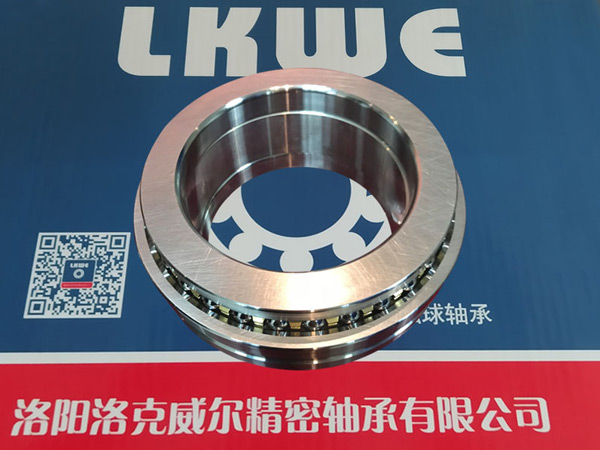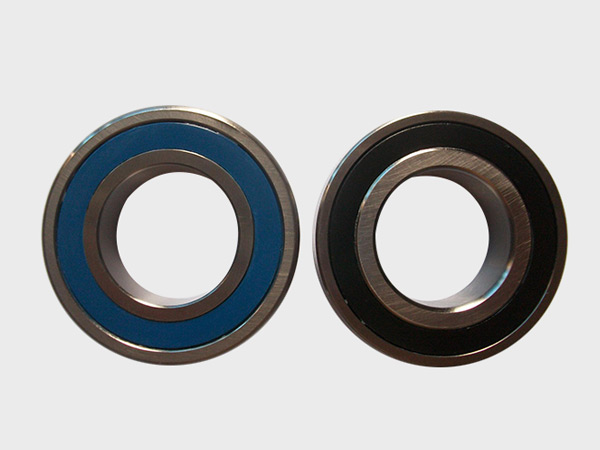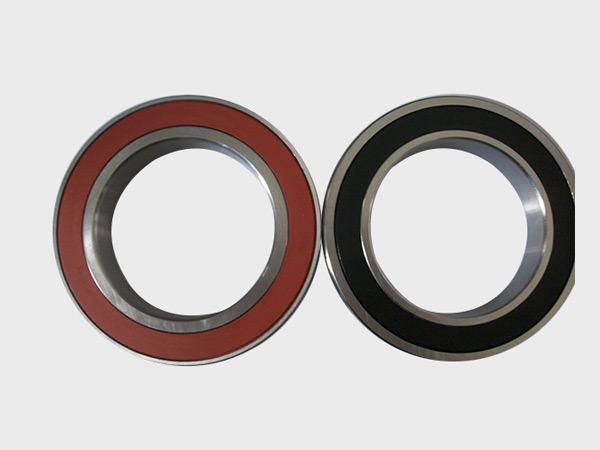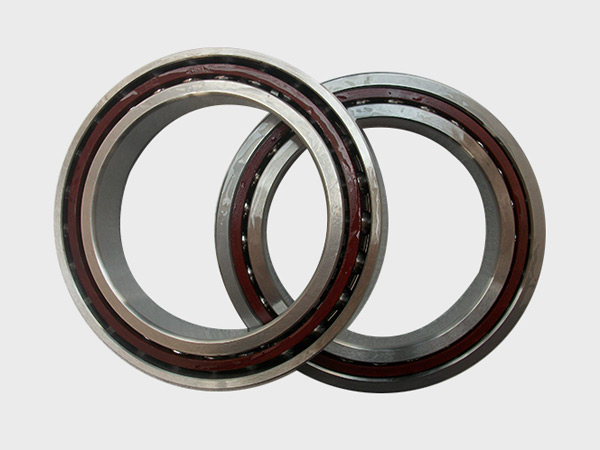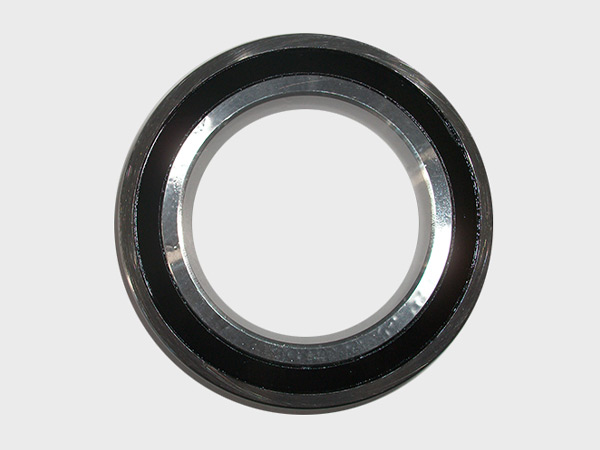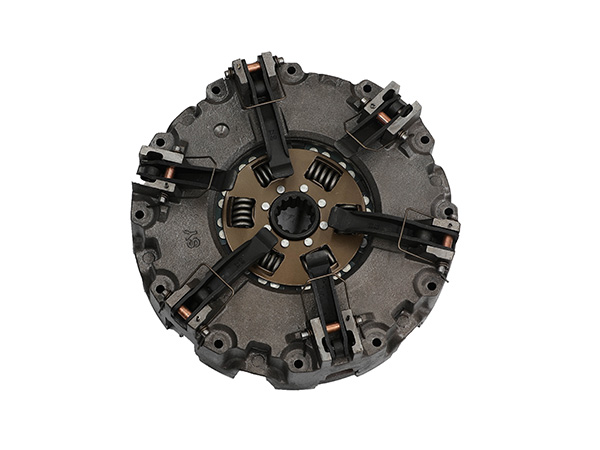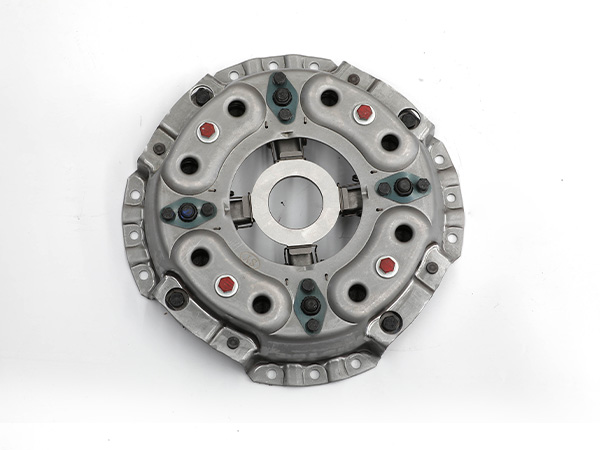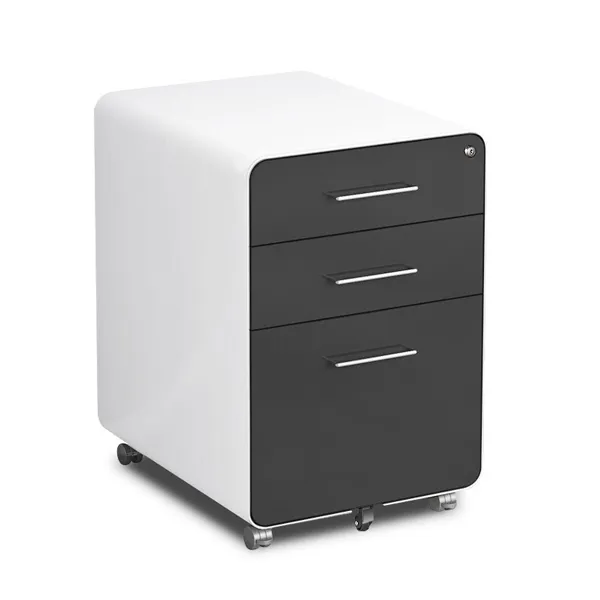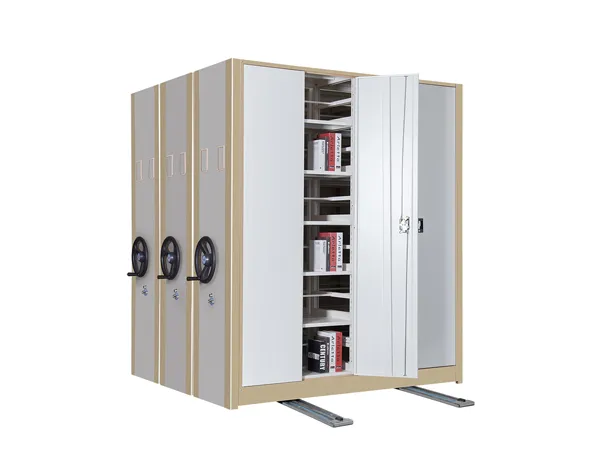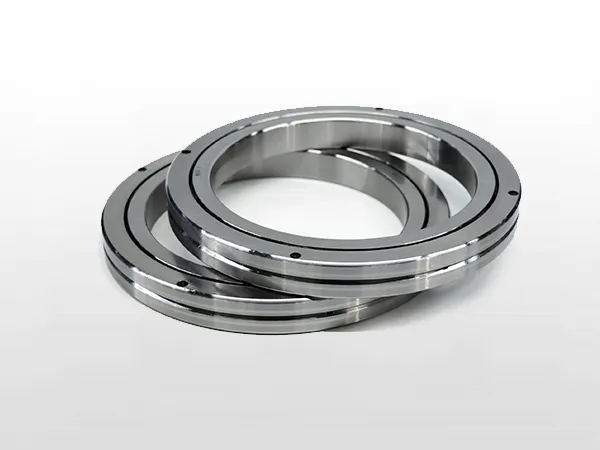LYLKWE spindle bearings are universal bearings, and the bearing rings have the same width. The protrusions on both sides of the bearing are the same size.
Advantages of universal matched bearings
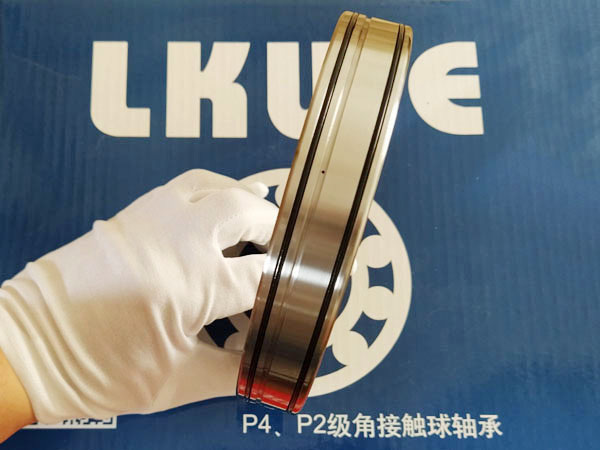
Individual bearings can be installed in any bearing arrangement required, such as X-shaped, O-shaped or tandem arrangements with rigid or elastic preload, or can be combined in different bearing groups.
In a tandem bearing arrangement, in order to ensure that the bearings carry a consistent load, the bearings being paired have the same dimensional deviation between the inner and outer diameters.
In a rigidly adjusted O-ring arrangement, grouping detection of interference between the shaft and bearing bore diameters or housing and bearing outside diameters can help control changes in actual preload after the bearing is installed.
Bearings can be arranged according to the direction of the arrow on the outer ring surface.
Universal matching bearing set
The universal matched bearing set is composed of universal matched bearings with the same bearing inner diameter deviation and the same bearing outer diameter deviation.
The dimensional deviation represents the actual size code, which is the deviation value of the inner diameter or outer diameter marked on the bearing ring.
The universal matched bearing set is composed of multiple bearings with the same technical quality and the same bearing inner diameter deviation and bearing outer diameter deviation.
Bearing group identification
The first letter indicates the number of paired bearings:
D=2 bearings (double)
T=3 bearing (triple)
Q=4 bearings (quadruple).
“U” means “universal pairing” such as DU. After these letters, there is an indication of the preload level, such as DUL, where “L” means light preload.
Universal bearing sets can be installed in any required bearing arrangement.
…
For more detailed information about spindle bearing models and selection, please click to visit:https://www.lkwebearing.com/news-center/spindle-bearing-selection.html

